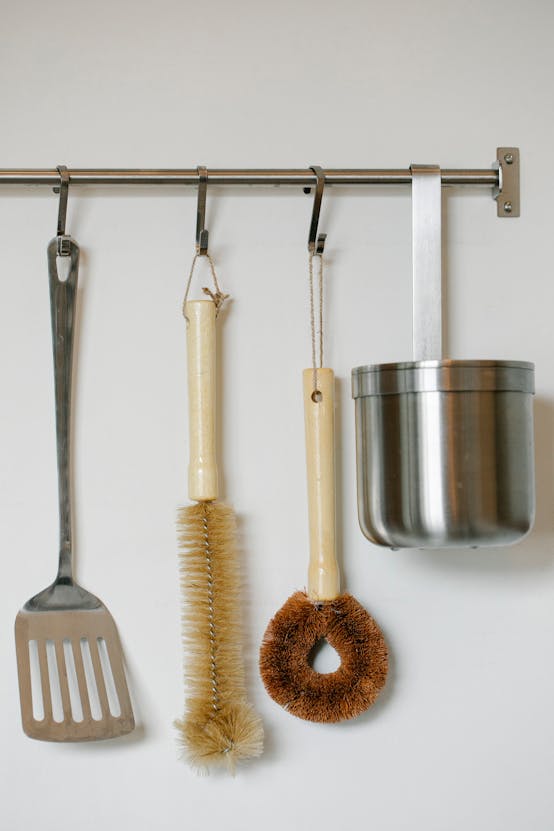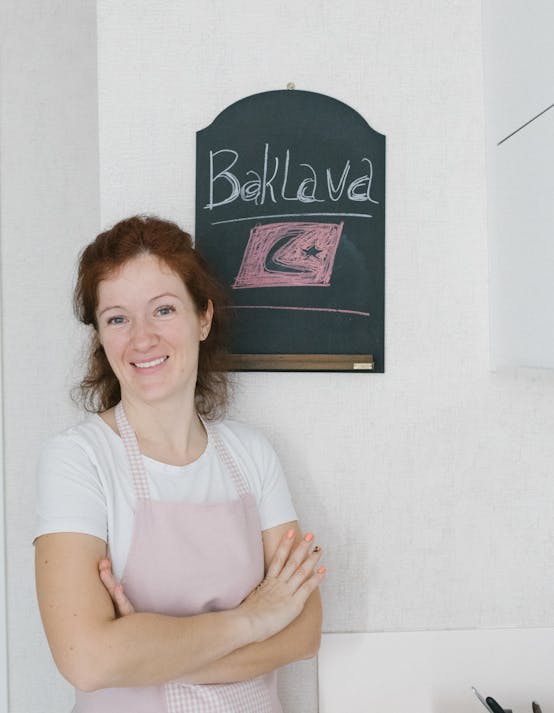Understanding Color Psychology in Kitchen Design
Kitchen design goes beyond aesthetics—color psychology plays a pivotal role in shaping your kitchen’s ambiance. The right color selection can significantly impact mood and perception within this culinary space.
Warm colors, like reds and yellows, often evoke feelings of warmth and intimacy, creating a welcoming and cozy kitchen atmosphere. They are also believed to stimulate appetite, which fits perfectly in dining environments. On the other hand, cool colors such as blues and greens lend a calm and serene ambiance, helping to make the kitchen a more tranquil space. These shades can also promote focus, ideal for culinary creativity and concentration.
Topic to read : Expert uk kitchen design: key tips for effortless entertaining and vibrant gatherings
The key is balancing these colors to achieve the desired kitchen ambiance. Typically, soft pastels and neutral tones are popular, as they tend to blend the warmth and tranquility balance that most homeowners seek. Moreover, colors like whites and greys can serve as versatile bases, offering opportunities for bolder accents without overwhelming the space.
Ultimately, understanding the psychological effects of colors in kitchen design allows for more informed choices that reflect not only trends but also personal preferences and functional needs.
Additional reading : The complete uk kitchen companion: how to select the perfect bread maker
Current UK Kitchen Color Trends
Understanding UK Kitchen Trends is essential for creating a modern and stylish culinary space that reflects current preferences. As of 2023, some of the most popular color trends in UK kitchens include shades that balance modernity with comfort.
Case studies of successful kitchen renovations often highlight soft, neutral tones like greige and taupe. These provide a versatile backdrop for various decor styles. In contrast, vibrant colors such as peacock blue and emerald green are making waves for those looking to add a bold statement. These hues bring depth and sophistication, making the kitchen a centerpiece of modern homes.
Seasonal color inspirations heavily influence kitchen decor choices. During spring and summer, lighter pastels and earthy greens are favoured for their fresh, airy qualities. As autumn and winter approach, richer tones like burgundy and deep navy become prevalent, offering warmth and a cozy feel.
Incorporating these color trends effectively requires understanding how they can transform a space visually and emotionally, ensuring that kitchen designs stay fresh and appealing. Bright accents paired with these trending colors can inject personality and flair.
Choosing the Right Color for Your Kitchen
Deciding on the perfect kitchen color selection involves assessing numerous factors within your space. Understanding natural light’s effect is crucial. A well-lit kitchen might benefit from deeper shades, whereas darker rooms usually require lighter colors to enhance brightness.
Assessing Your Space
Begin by examining how natural light influences potential colors. Larger windows afford you the liberty of darker tones without overwhelming the room. Conversely, limited daylight may dictate choosing colors that reflect light well. Consider existing elements like cabinets and countertops to seamlessly integrate new shades without clashing.
Aligning Color with Personal Style
Next, align your choices with your personal style. Whether your kitchen exudes a modern flair or embraces traditional elements, colors must complement the overall home decor. Personal preference cannot be overstated; it ensures the space resonates with your tastes and daily engagement.
Using Color Samples Effectively
Finally, use color samples to test shades in various light conditions. Evaluating paint under different lighting ensures the desired hue remains consistent, avoiding surprises. Larger sample sizes provide a realistic sense of how the color will transform your culinary environment, supporting informed decisions.
Recommended Paint Brands and Products
Selecting the right paint brand for your kitchen is crucial for achieving a professional finish. In the UK, several brands are highly regarded for their quality and durability. Dulux, Farrow & Ball, and Crown are often recommended due to their extensive color palettes and reliability in kitchen environments.
These brands offer various paint finishes suitable for different needs. While matte finishes provide a modern, subtle look, satin paints offer a slight sheen that is easy to clean, making them ideal for high-traffic kitchen areas. Gloss is best for trim and cabinetry, where a more durable, shiny finish is desirable.
For homeowners seeking eco-friendly options, Little Greene and Earthborn offer paints with low levels of volatile organic compounds (VOCs). These eco-friendly paints are both sustainable and safe for indoor air quality, making them great choices for conscious consumers.
When selecting kitchen paint, consider durability, especially in high-moisture areas. Having a splash-resistant or wipeable finish is beneficial, particularly near sinks and stovetops. Prioritize brands and products that combine aesthetic appeal with functional resilience.
Practical Tips for Painting Your Kitchen
When embarking on your DIY Kitchen Painting journey, having a solid plan in place is essential. Proper preparation ensures a smooth application and long-lasting results. Here’s a breakdown to set you on the right path.
Preparing Your Kitchen for a Successful Paint Job
Preparation begins with gathering necessary tools and materials. Essentials include drop cloths, painter’s tape, quality brushes, rollers, and a sturdy ladder. Before applying any paint, clean your walls and surfaces to remove grease and dust, ensuring optimal paint adherence. Don’t forget to cover appliances and countertops with protective sheets to keep them safe from splatters.
Step-by-Step Painting Process
Starting with a primer is crucial if your walls are a dark colour or if you’re covering stains. Apply your first coat with even, smooth strokes, using a method such as the “W” technique for rollers. For clean edges, keep painter’s tape pressed firmly where walls meet ceilings or trims. Allow for adequate drying times between coats to prevent smearing and ensure the colour sets correctly.
Post-Painting Maintenance and Care
After painting, maintaining your freshly painted kitchen is key to keeping it pristine. Clean painted surfaces with a damp cloth rather than harsh cleaners to protect the colour integrity. Regular cleaning prevents grime build-up, extending the life of your beautiful new walls.


